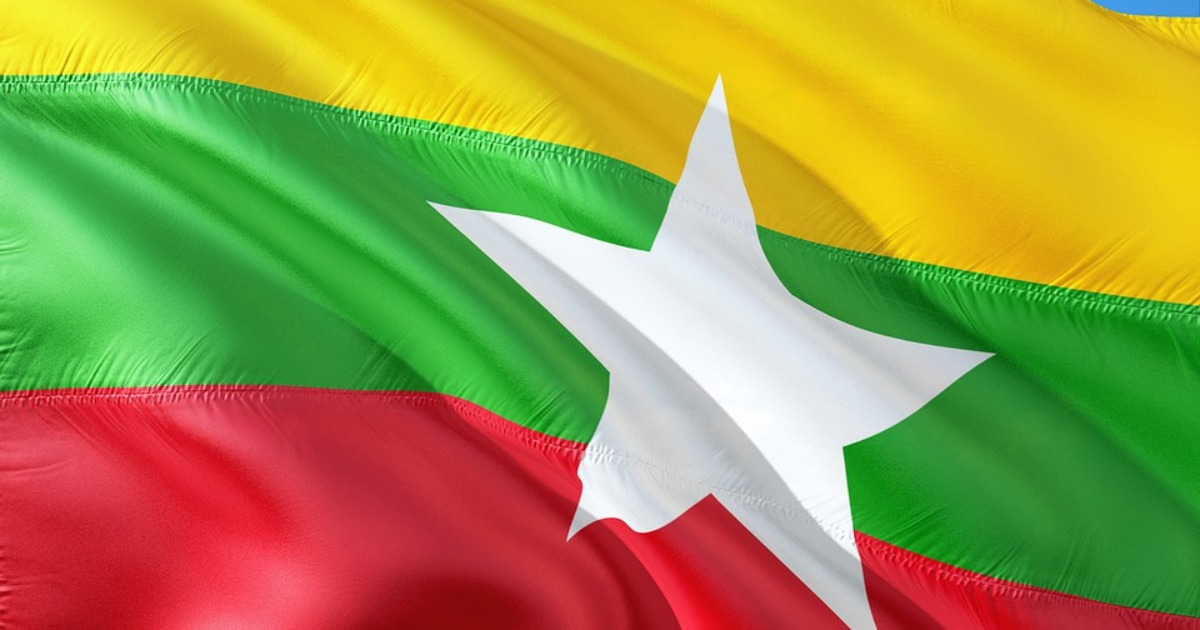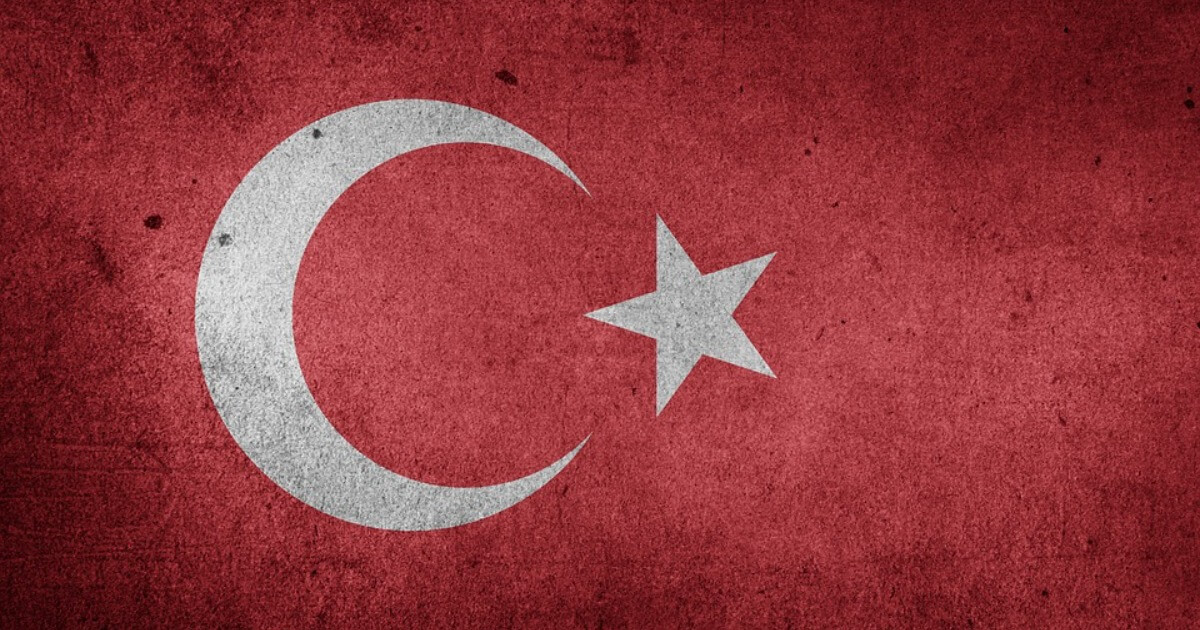Myanmar and the Oppressive Side of the Digital Revolution
Surveillance technology devices from the West and the East have become essential tools for seeing through a coup d’état in the digital age.
March 23, 2021

A new chapter is being added to the history of political revolutions. There was a time when anyone plotting a coup against a government had to capture the main telephone exchange and the radio transmitter stations. Later it became TV towers and television studios.
But, if you think that this is a story about the enabling, democratizing power of the Internet to organize protests against an oppressive military regime, you might want to think again.
Generals weaponizing the Internet
True, the street protests were, in part, organized in this fashion. But unfortunately, the side that is using the power of the Internet to greatest effect in the deadly political cat and mouse games that are playing out in Myanmar since the February 1, 2021 coup d’état are the country’s generals.
They have not only periodically cut off the Internet and mobile phone connections (as had previously happened in Egypt in the al-Sisi coup of 2013).
Myanmar’s generals have weaponized the Internet for their own oppressive purposes by making use of far more advanced — and, sadly, imported — surveillance technologies in pursuit of its opponents.
This is not a new phenomenon. The Shutdown Tracker Optimization Project (STOP), run by the Access Now NGO, recorded 155 politically-motivated Internet shutdowns in 29 countries in 2020, with India leading the way.
The Internet as a tool of the oppressors
Although this was fewer than in 2019 (33 countries), some of them were the lengthiest in duration. For example, 100 million people in Ethiopia were cut off from the Internet for two consecutive weeks during the COVID 19 pandemic.
At the beginning of January this year, Internet services in Uganda were shut down in order to favor the election chances of the incumbent, Yoweri Museveni, who has presided over the country since 1986 — and who won.
As things stand, the decision of the Human Rights Council and the General Assembly of the UN to classify access to the Internet as a fundamental human right in 2016 seems to have counted for little.
Implementing the coup technologically
During the early hours of the day the Internet and mobile phones continued working. However, soon enough the perpetrators of the coup in Myanmar raided the operators at gunpoint in order to disrupt these communications. They started to be cut between 1 and 9 AM – and sometimes for longer.
The first shutdowns affected mobiles and mobile data in particular — although some people were able to continue getting an Internet connection at home.
The armed forces presented the operators the draft of a new cybersecurity law with draconian measures. Telenor at first published the instructions it received from the army but was soon obliged to cease.
Facebook and democracy promotion
A more radical shutdown, “for reasons of security” according to the new authorities, was applied three days later to Facebook. In Myanmar, as one user put it, “Facebook is the Internet.”
The social media platform, used by more than 22 million people in the country, serves as a means of obtaining news and chatting with friends and acquaintances. It also enables trade unionists to communicate with each other and coordinate political demonstrations.
WhatsApp was also blocked. The shutdown of the Internet became a news blackout. Few people in Myanmar have access to VPNs (Virtual Private Networks), which can get around shutdowns by not relying on national operators.
Of course, the Internet cannot be completely cut because it would disrupt economic life just too much. However, considerations for the economy clearly take a back seat for a military regime keen on seeing though a coup d’etat.
Surveillance technology imports from East and West
The digital clampdown has gone much further than cutting connectivity. Surveillance systems from providers in the West and the East have all made their appearance in this coup.
Myanmar produced a real anti-democratic cacophony of Israeli drones, European (including Swedish) devices for decrypting iPhones and other mobiles and U.S. software for hacking computers and gaining access to their contents, in addition to Chinese and Russian surveillance technology.
The Rohingya crisis as a training ground
In fact, Myanmar’s army had already used this technology when it repressed and expelled the Rohingya Muslim minority in 2018. It learned from the experience.
It is important to note that, in the wake of the Rohingya crisis, many governments and manufacturers of surveillance technology banned their export to Myanmar, including spare parts.
But what had been imported remains and is being used to pinpoint the location of critics, whether members of the opposition, journalists or others, using social media, mobiles and the Internet in order to detain them.
Predictably enough, the companies defend themselves and blame intermediaries for the fact that these devices have reached Myanmar and have become essential tools for a coup d’état in the digital age.
The New York Times does its job
The New York Times has conducted a laudable investigation into the subject and discovered in the public accounts for the last two years, furnished by the Justice for Myanmar NGO, “a voracious appetite for the latest in military-grade surveillance technology” on the part of the armed forces — which run a business empire within the country’s economy.
They had already equipped themselves with the most sophisticated public monitoring technologies. All this took place during the limited and tightly-controlled phase of democracy that began in 2016.
At that point, the Tatmadaw (as Myanmar’s armed forces are known) had already been running disinformation and censorship campaigns for some time.
Fighting back
There has been a certain degree of fallout from the situation. Platforms and social media sites such as the Google-owned YouTube have reacted by deleting five channels run by the Myanmar armed forces for propaganda and disinformation purposes.
And despite the deaths and arrests, there are daily mass protests in Myanmar attracting the participation of students, women, monks and even some police officers.
Many young Burmese are risking their lives for the future, as the BBC (an essential broadcaster and website in these situations) has vividly reported. They are reasonably well coordinated.
People bang pots and pans in protest, at least in the Burmese capital, almost every night. Perhaps this is the revenge of analogue collective intelligence over the digital.
As a Bruce Lee character used to say, “Be water.” That slogan and tactic was adopted by pro-democracy protestors in Hong Kong. Sadly, it did not stop them from losing.
Conclusion
The approach by Myanmar’s military to undertake a coup assisted by surveillance technology to root out the opposition as much as possible is undoubtedly something that will be studied by much larger states.
Indeed, shortly after the coup, the government of neighboring Cambodia, under Chinese influence, also tested its control over the Internet.
Editor’s note: This article is based on an analysis published at Elcano Royal Institute: Myanmar, a coup of the digital age
Takeaways
Surveillance technology devices from the West and the East have become essential tools for seeing through a coup d’état in Myanmar.
Myanmar’s generals have weaponized the Internet in pursuit of its opponents.
The decision of the UN to classify access to the Internet as a fundamental human right in 2016 seems to have counted for little.
The Internet cannot be completely cut because it would disrupt economic life too much. However, considerations for the economy clearly take a back seat for Myanmar‘s military
Myanmar’s military undertaking a coup assisted by surveillance technology to root out the opposition is undoubtedly something that will be studied by larger states.

